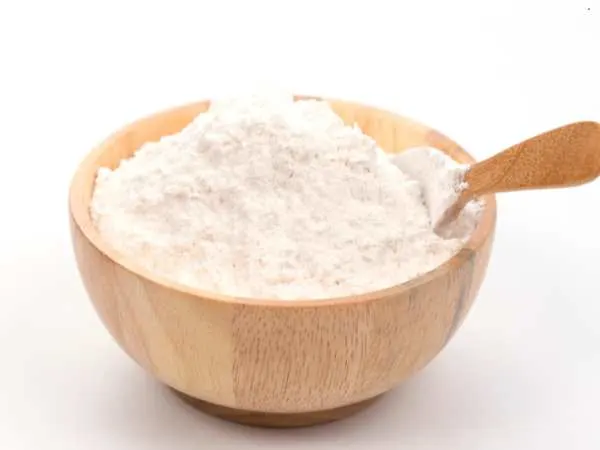Organic maltodextrin is a versatile food additive and carbohydrate source often found in sports supplements and processed foods. It’s a white powder with a neutral taste that dissolves easily in water, making it incredibly popular. While it’s considered safe for consumption, understanding its specific properties and proper usage is key to using it responsibly.
What is Organic Maltodextrin?
Maltodextrin powder is a polysaccharide, a type of carbohydrate made from the hydrolysis (breaking down with water) of starches. The starches typically come from sources like corn, rice, or tapioca. The “organic” label simply means the source crops were grown without synthetic pesticides, herbicides, or fertilizers.
The most important characteristic of maltodextrin is its high glycemic index (GI). This means the body digests it very quickly, causing a rapid and significant spike in blood sugar. Because of this, it’s used to provide fast energy.
How to Use Organic Maltodextrin Correctly
The proper way to use maltodextrin depends on your goal. Its primary uses fall into two main categories: providing energy and as a functional ingredient.
For Athletes and Fitness Enthusiasts
This is the most common and strategic use for maltodextrin.
- During Exercise: For long, intense workouts (over 90 minutes), athletes can mix maltodextrin with water to create an energy drink. A common dosage is around 30-60 grams of carbohydrates per hour of high-intensity exercise. This helps maintain energy levels and prevent fatigue.
- Post-Workout Recovery: After a tough workout, consuming maltodextrin mixed with protein (like whey) can help quickly replenish muscle glycogen stores. This rapid carbohydrate intake is essential for muscle recovery and growth. A typical recommendation is around 50-70 grams of carbohydrates per post-workout serving.
In Food and Cooking
Maltodextrin’s properties make it useful as a food additive.
- As a Thickener or Filler: It can be used to add body and consistency to sauces, gravies, and dressings without adding a sweet flavor.
- In Baking: It can help retain moisture in baked goods, keeping them from drying out and extending their shelf life.
- As an Emulsifier: It helps to bind ingredients together, which is useful in products like salad dressings to prevent separation.
Important Precautions and Considerations
While organic maltodextrin is useful for some, it’s not a general-purpose health food and should be used with caution.
- High Glycemic Index: Because of its high GI, maltodextrin can cause significant blood sugar spikes. It is not recommended for people with diabetes, prediabetes, or insulin resistance.
- No Nutritional Value: Maltodextrin provides quick energy but offers no significant vitamins, minerals, or other nutrients. It is a source of empty calories.
- Gut Health: Some research suggests that maltodextrin may have an impact on gut bacteria. Consuming large amounts could cause digestive issues for sensitive people.
- Check the Source: While the “organic” label is a good sign, if you have a specific allergy or sensitivity, be sure to check the product’s packaging to confirm the starch source (e.g., corn, rice, or tapioca).
In summary, organic maltodextrin is a tool best used purposefully and in moderation. For athletes needing a quick source of energy, it can be beneficial. For the average person, it’s best to limit intake and focus on obtaining carbohydrates from whole, unprocessed foods.

